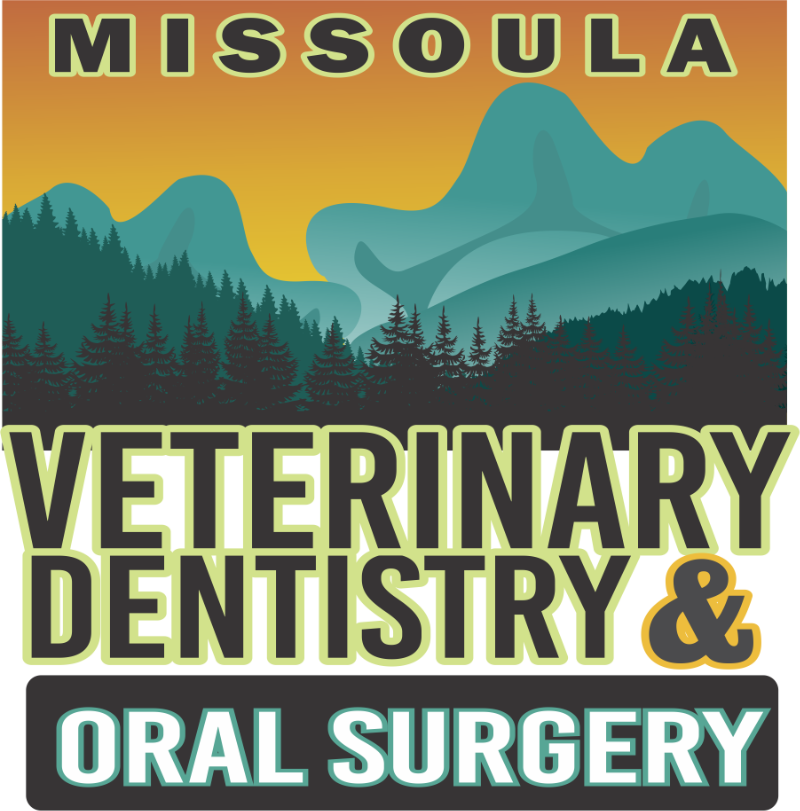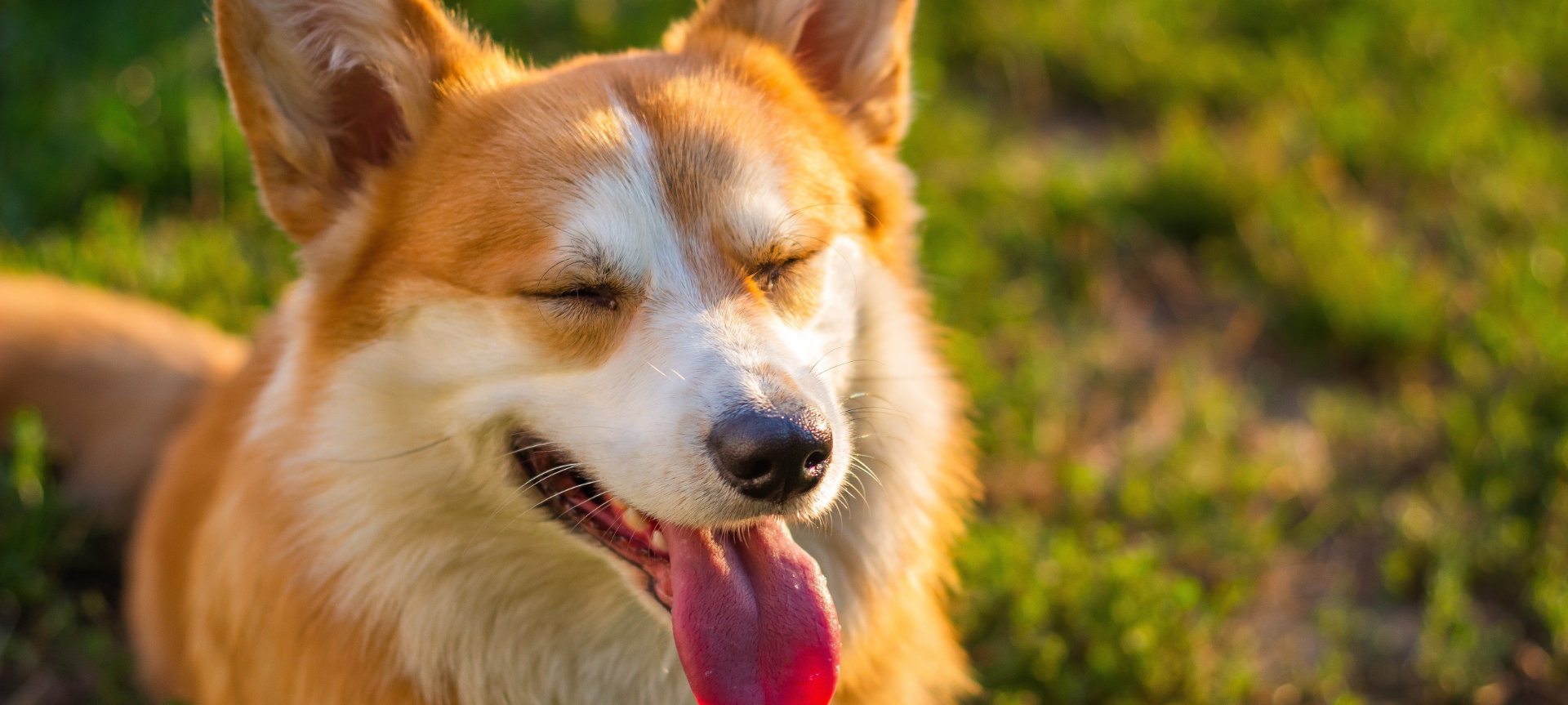
15 Dec Unmasking the Silent Threat: The Speed of Periodontal Disease Progression in Cats
As loving caregivers to our feline friends, it’s only natural that we want the absolute best for our pets. We understand the bond you share with your whiskered family members, and we’re here to help you protect their health. Today, we’re diving into a critical topic that every cat owner should be aware of, periodontal disease progression in cats.
The Hidden Menace: Periodontal Disease
Periodontal disease is a dental condition that can be as stealthy as a prowling cat in the night. It’s more than just bad breath; it’s a sinister adversary that can affect the gums, teeth, and overall health of our feline friends. But here’s the kicker: it often progresses silently, without any obvious signs until it reaches advanced stages.
So, the big question is: how quickly does periodontal disease progress in cats? To understand this, we need to delve into the stages and factors that influence the speed of progression.
The Four Stages of Periodontal Disease Progression
- Stage 1: Gingivitis: At this initial stage, the disease is still reversible. You might notice redness and inflammation of the gums, and your cat might have mild bad breath. Fortunately, this is where early intervention can make a significant difference.
- Stage 2: Early Periodontitis: If left untreated, gingivitis can progress into early periodontitis. The gums may recede, and your cat might start to lose some of the supporting bone structure. This is when the disease becomes less reversible, and dental issues become more serious.
- Stage 3: Moderate Periodontitis: In this stage, the damage becomes even more severe. The gums continue to recede, and pockets form between the teeth and gums. Your cat may experience pain, difficulty eating, and tooth mobility.
- Stage 4: Advanced Periodontitis: At this advanced stage, the damage is extensive, and tooth loss becomes more common. Your cat may be in significant discomfort, and the risk of systemic health problems increases.
The Speed of Progression
The rate at which periodontal disease progresses in cats can vary from one individual to another. Several factors influence the speed of progression, including:
Genetics: Just as some humans are more prone to dental problems, some cats may have a genetic predisposition to periodontal disease. If your cat’s parents had dental issues, it’s wise to be extra vigilant.
Diet: Nutrition plays a significant role in dental health. A diet that’s rich in dental-friendly nutrients can slow down the progression of periodontal disease. On the other hand, a diet high in carbohydrates can contribute to the formation of plaque and tartar.
Oral Care: Routine dental care, such as brushing your cat’s teeth and providing dental treats or toys, can significantly slow the progression of periodontal disease. Regular home care is a powerful tool for prevention.
Age: Like many health issues, the risk of periodontal disease tends to increase with age. Older cats may be more susceptible and may experience faster progression.
Behavior: Some cats are more prone to developing plaque and tartar due to their behavior. For example, if your cat doesn’t chew on hard toys or bones, the natural cleaning mechanism for their teeth is compromised.
Now, here’s the important takeaway: regardless of how quickly periodontal disease progresses in your cat, early detection and intervention are the keys to protecting their dental health. The silent progression of this condition underscores the importance of regular dental check-ups with a veterinary dentist.
Why Veterinary Expertise Matters
As caring cat guardians, we know you’d do anything to keep your feline friends healthy. But periodontal disease is a complex issue that often requires professional care. Here’s why consulting a board-certified veterinary dentist™ is crucial:
Early Detection: Even before symptoms become noticeable, a veterinary dentist can detect the early signs of periodontal disease, ensuring prompt intervention.
Customized Treatment: Every cat is unique, and their dental care needs may vary. A specialist can provide a tailored treatment plan to address your cat’s specific requirements.
Dental Procedures: When needed, a veterinary dentist can perform dental cleanings, extractions, or other procedures under anesthesia to ensure your cat’s comfort and safety.
Prevention and Education: Veterinary dentists can educate you on effective home dental care practices, helping you prevent the disease’s progression.
Cat Dentist in Missoula
In conclusion, periodontal disease is a stealthy adversary that can progress at varying speeds in our cats. Your vigilance and regular dental check-ups by a veterinary specialist are your strongest weapons in the fight against this hidden menace. By acting early and seeking professional care, you can ensure your feline friend enjoys a lifetime of good oral health and a comfortable, pain-free existence.
If you have any concerns about your cat’s dental health or would like to schedule a dental examination with our expert team, please don’t hesitate to contact us. We’re here to safeguard your cat’s health and well-being.



